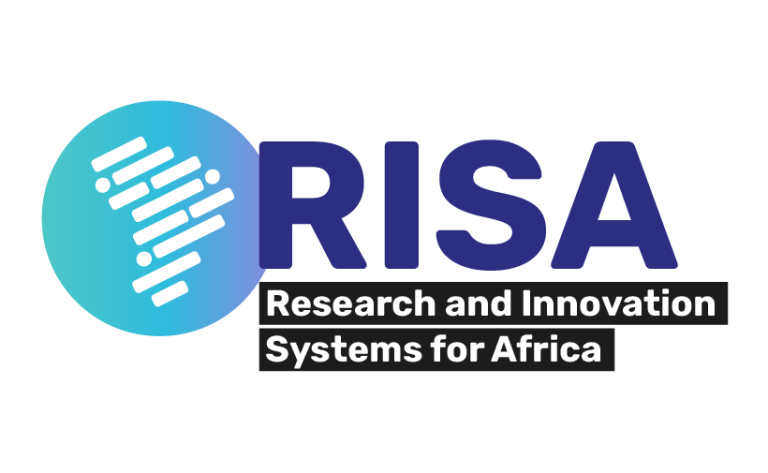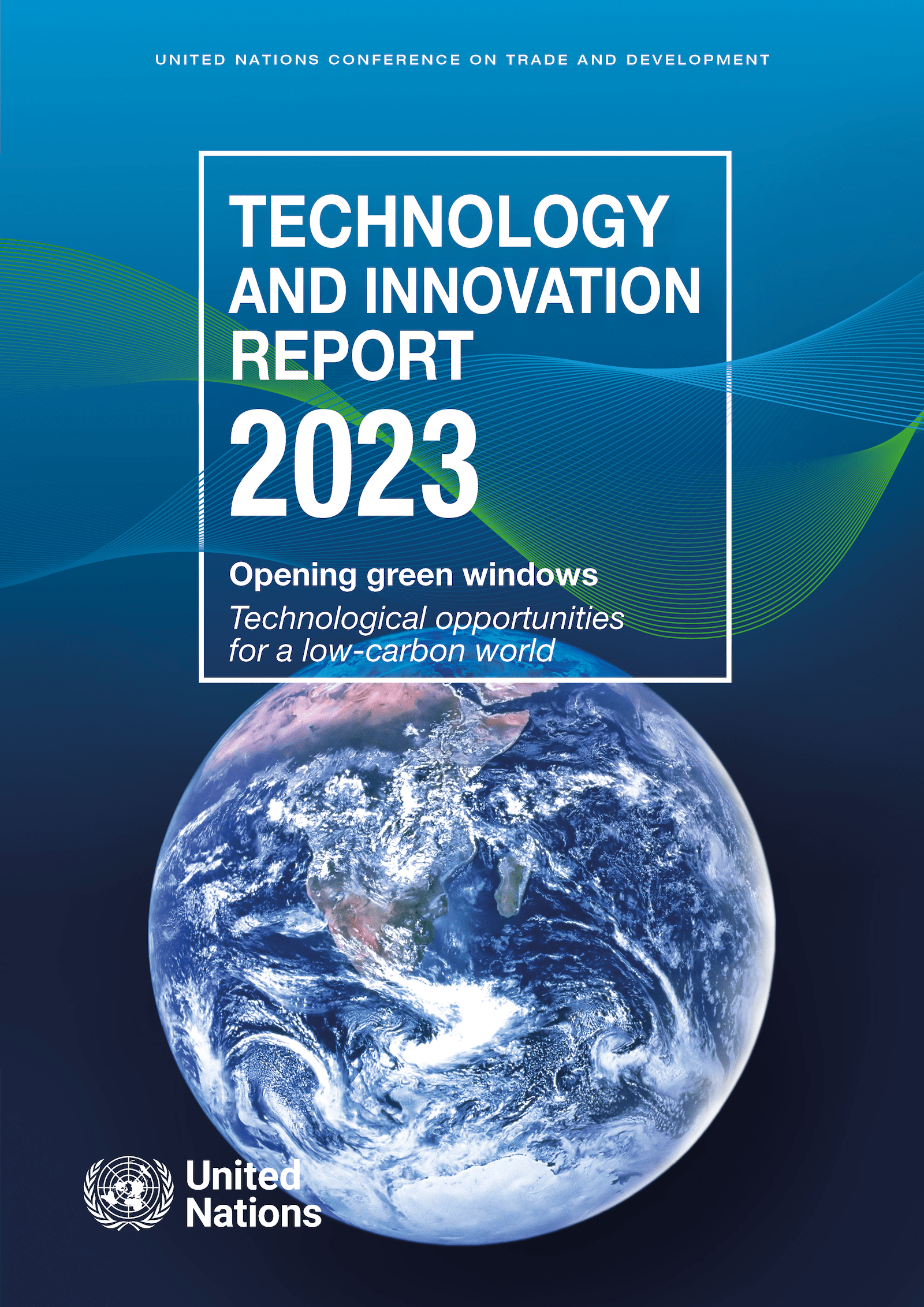23 June 2023. OECD. Green transition: Mission-oriented innovation: a suitable approach for just net zero transitions in the Global South?
In 2021, the OECD set up the Mission Action Lab (MAL), with the aim to gather evidence and advise public sector organisations in defining, establishing and governing missions. One objective of the Lab is to inform Mission-oriented innovation (MOI) approaches in the Global South with insights from mission implementation across OECD Member States and to convene exchanges between mission owners across continents.
Align mission formulation with development trajectories.
- For instance, the Latin America’s Economic and Social Commission proposes that governments could set specific conditionalities for companies exploiting resources such as lithium to ensure that rents are reinvested in innovative activities, promoting economic diversification while pursuing environmental and social benefits, particularly for marginalised and impoverished communities.
- Barbados’s current proto-mission towards sustainable tourism, and
- the recent proposal for a green shift in South Africa’s energy mega projects are other examples of this approach.
Invest in strengthening local innovation ecosystems.
While UNCTAD’s ‘Technology and Innovation Report 2023’ outlines opportunities for LMICs in the field of green innovation, it also highlights that most countries in the Global South lack the capabilities needed to leverage emerging technologies.
Out of the 2.9 billion people who are still offline, most live in LMICs , and either do not have internet coverage or face barriers to use.
National governments and development funders should therefore increasingly invest in strengthening STI systems and equitable access to digital opportunities, as well as support infrastructure to enable the local production of context-fit technologies.
Development funders can support LMIC government partners with testing instruments such as innovation clusters and system demonstrator projects.
Climate Innovation Clusters - EIT Climate-KIC
- Accelerating the Evolution of Climate Innovation Clusters is a series of ten peer-reviewed insight documents written by renowned climate innovation experts.
- The series was commissioned by the UK & Ireland team to support our 2017-2020 focus on building climate innovation clusters in city-regions across the UK & Ireland.
- which 18 ingredients make a climate innovation cluster most likely to emerge and grow
- why they provide an accelerated path to the climate-smart society of the future
- what lessons we have learnt from clusters in other countries
- where climate innovation clusters are emerging in the UK and Ireland
- why we think climate innovation clusters should be at the heart of job creation, growth and export plans at all levels of government.
- Adapting Industrial Clusters for Climate Innovation: A Guide for Public Intervention
- Talent: A Novel Education Model for Climate Innovation Clusters
- Accelerating the Creation of a Cleantech Cluster in London
- Assessing Business Performance in Climate Innovation Clusters
- Tackling Market and System Failures through Climate Innovation Clusters
- Broadening the innovation model: Lessons from Climate-KIC’s Regional Innovation Implementation Community
- Ingredients for Climate Innovation Clusters: The UK Case
- System Climate Innovation for a Transformative Impact
- Investment in Climate Innovation
- Stimulating the Growth of Climate Innovation Clusters
System demonstrator projects.
- In short, system demonstrators develop pathways for deep structural change by establishing place-based demonstrations of how new systems can look, feel and work.
- Their focus on system-level innovations gives them an inherent potential to scale up locally, and to scale up and out nationally through an emphasis on multi-level governance among many actors.
Development funders can support LMIC government partners such as following Examples:
- the UK Foreign, Commonwealth and Development Office-supported Research and Innovation Systems for Africa (RISA) Fund and
- Ireland’s and Germany’s support to strengthen climate-innovation clusters in several African countries in collaboration with EIT Climate KIC.
The Research and Innovation Systems for Africa (RISA) Fund
The ‘Research and Innovation Systems for Africa’ Fund is a multi-country project, funded by the UK, through the Foreign, Commonwealth and Development Office (FCDO), to support research and innovation systems strengthening in Africa.
- The ‘Research and Innovation Systems for Africa’ Fund is a programme to support and strengthen research and innovation systems in six countries: Ghana, Kenya, Nigeria, Rwanda, South Africa, and Ethiopia.
- The programme runs from 2021 to 2024 and is funded by UKAid.
- The RISA Fund brings together two pre-existing UKAid programmes into one new, joint fund. The two complementary programmes are called Strengthening Research Institutions in Africa (SRIA), and the African Technology and Innovation Partnerships (ATIP), which are designed to support a more effective realisation of the synergies between research and innovation systems.
- Their work will continue under the new banner of the RISA Fund.
EIT Climate-KIC
EIT Climate-KIC is a Knowledge and Innovation Community (KIC), working to accelerate the transition to a zero-carbon, climate-resilient society.- It is supported by the European Institute of Innovation and Technology. EIT Climate-KIC identifies and supports innovation that helps society mitigate and adapt to climate change.
- EIT Climate-KIC believes that a decarbonised, sustainable economy is not only necessary to prevent catastrophic climate change, but presents a wealth of opportunities for business and society.
- EIT Climate-KIC identifies, source and place public and private funds that stimulate innovation. EIT Climate-KIC tracks progress and outcomes and draw out learning and insight so that EIT Climate-KIC funding partners can effectively invest their resources for maximum impact.
- EIT Climate-KIC has 450+ global partners, spanning universities, businesses, cities and NGOs.
Related resources:
United Nations Inter-Agency Task Team on Science, Technology and Innovation for the SDGs and
European Commission, Joint Research Centre (2021) Guidebook for the Preparation of Science, Technology and Innovation (STI) for SDGs Roadmap #124 p.
ing Group co-leads:
At the 2017 STI Forum, participants highlighted that STI roadmaps and action plans were needed at the subnational, national and global levels, and that these should include measures for tracking progress.
Systemic gender disparity among key STI actors in science, technology, engineering and mathematics (STEM) fields, beyond the targets under Goal 5, has been recognized as a key issue to be addressed. (page 10)
UNCTAD (2023) The Technology and Innovation Report 2023. Opening Green
Windows: Technological opportunities for a low-carbon world # 236 p.
The technology and innovation report 2023 analyzed 17 frontier technologies, and these include artificial intelligence, Internet of Things and green frontier technologies such as green hydrogen electric vehicles, and so forth. And these technologies present a 1.5 trillion US dollar market today.
Africa possesses the world's greatest renewable energy capacity potential, estimated to reach about 310 gigawatts by 2030. The report identified several good practices: Namibia with regard to green hydrogen; Kenya with regard to solar Photovoltaics (PVS), Ethiopia: biofuels. All happened when the governments and private sector work hand in hand.






No comments:
Post a Comment